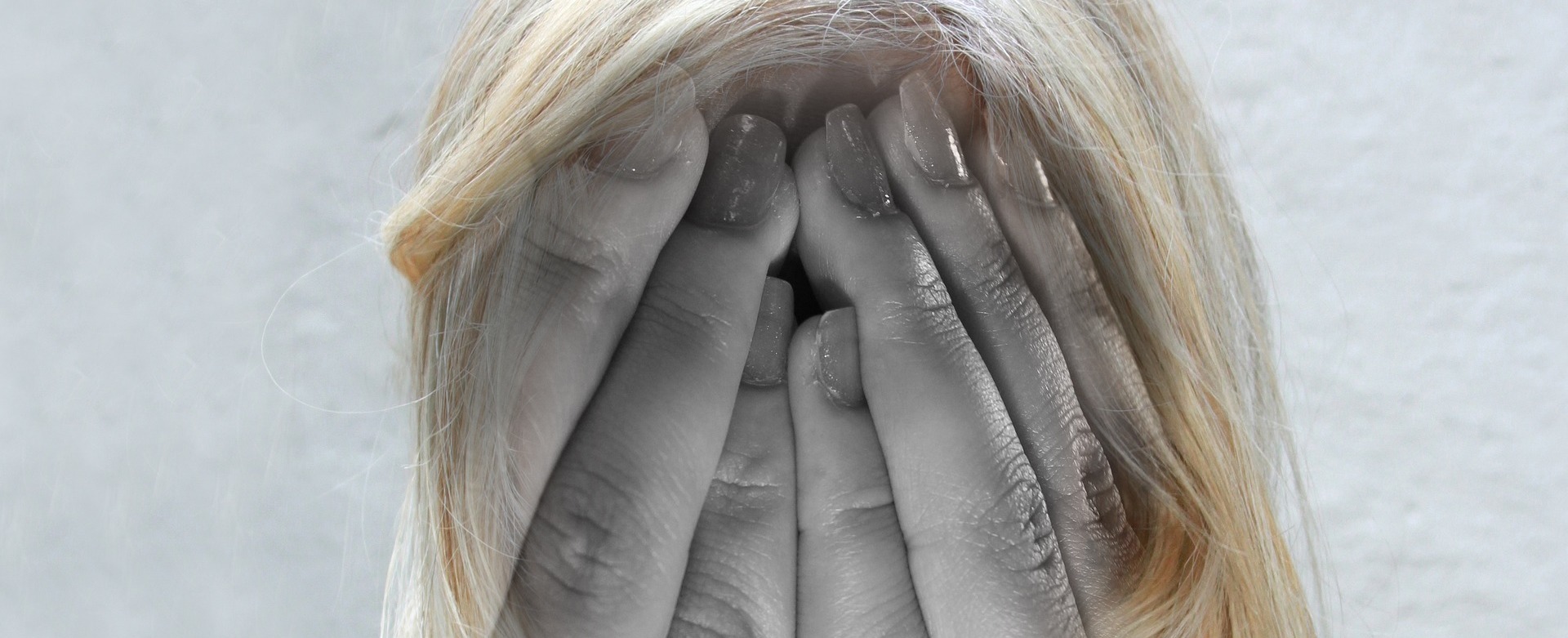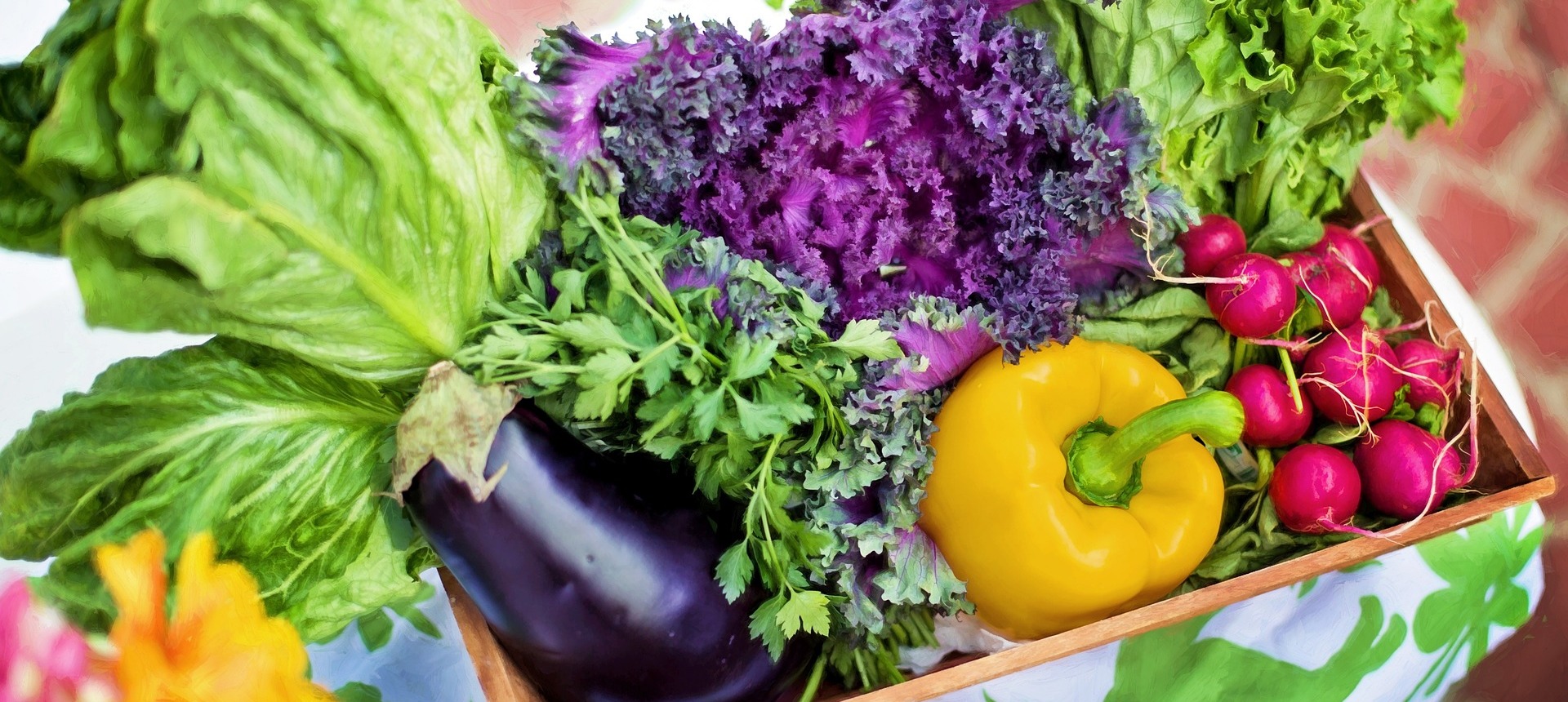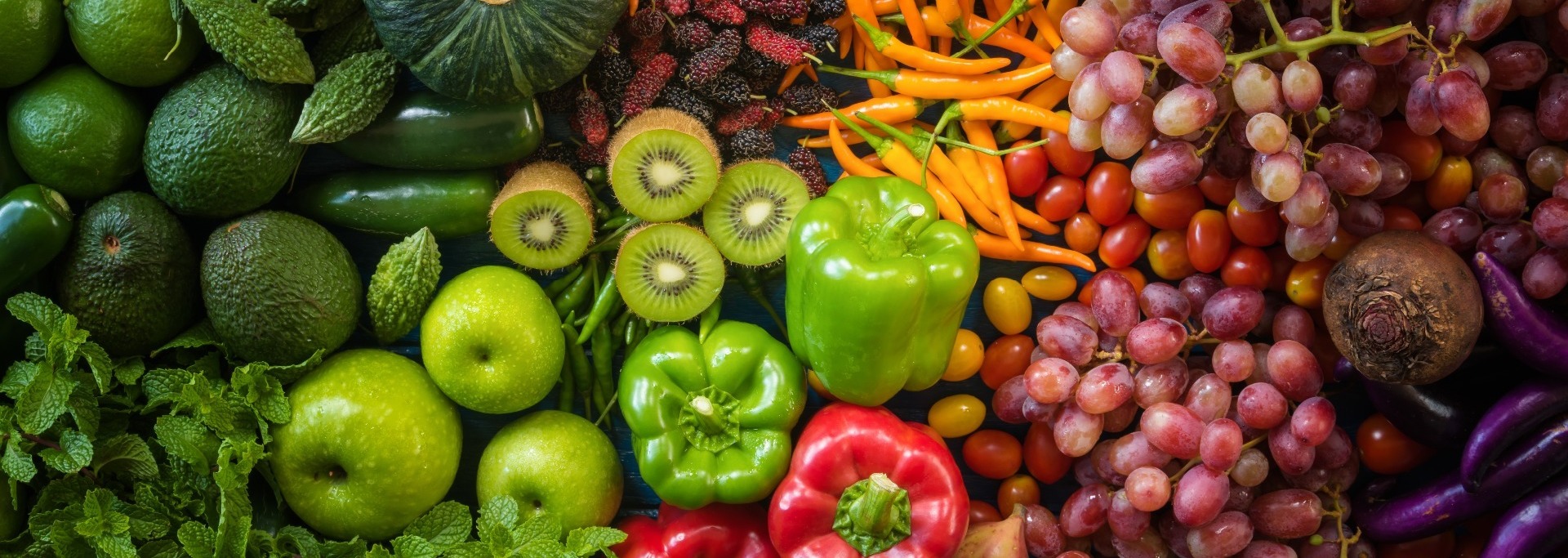All about Iron
Posted on 12th March 2024 at 17:36
Is it important? are you getting enough? what to do about it if you aren't.
I’ve written this article because on a few occasions I’ve been asked about Iron in the diet, and other than my standard answer of “just eat lots of steaks” which is actually my answer to most problems, I haven’t had much more information to give to people, so this article is my attempt to correct that, and to have something I can signpost clients to the next time I get asked.
Iron deficiency is most common deficiency in the world, about a third of the world’s population has anaemia, and about ½ of that is due to Iron deficiency.
In the UK it affects 3% of men and 8% of women, accounting for around 55,000 hospital admissions per year.
It turns out that Iron is kind of a big deal for your day to day existence, all of the cool stuff your body does, like wiggling your fingers, walking, jumping, throwing, pushing, pulling, lifting, writing nasty comments about health and wellbeing articles on Facebook etc etc, all requires oxygen, which ever muscles are involved, they get their oxygen transported to them by Iron.
Iron helps create haemoglobin which carries oxygen around your body, and myoglobin which carries oxygen in your muscles, it’s also involved in hormone production, cognitive functions, metabolism and much more.
Deficiency Symptoms

With all the processes that Iron is involved with in your body, you’d think the symptoms of an iron deficiency might be obvious, but it can be asymptomatic, so you may not even know you have an Iron deficiency.
For many people however, the symptoms are very much like a bad hangover, common symptoms are fatigue, lethargy, poor work performance, shortness of breath, especially with exertion, rapid heart rate, changes in hair, skin, nails, cognitive symptoms and even restless leg syndrome.
A very specific symptom is pica, which is a weird kind of compulsion to eat things with no nutritional value e.g. clay, wood, ice.
Hepcidin
It’s worth getting to know about hepcidin and its role in Iron metabolism, for reasons that will become more apparent as you read this article.
Iron is regulated throughout your body by hepcidin, this hormone is the master controller when it comes to Iron, ensuring that you don’t suffer with an Iron overload as too much iron is toxic, and other than bleeding your body has no way to get rid of it.
Hepcidin will control how much Iron is absorbed from your gut and put into your blood stream and how much is put into storage in your bone marrow. Hepcidin will also control when and if new red blood cells get released from the bone marrow.
High levels of hepcidin will result in lower levels of Iron absorption, whilst low levels result in higher Iron take up.
Hepcidin is increased in response to inflammation, this could be the result of a low-level virus, or something serious like cancer or organ issues such as heart disease. It will also be affected by being overweight, making obesity a factor in anaemia.
Getting Tested
This article is not intended as medical advice, I hope it will be more of a guide to help inform your decisions. So, the first thing you should probably ask is….
Why test in the first place?
What symptoms do you have? Is there any concern regarding your diet or are you worried about blood loss through heavy menstruation or a medical condition and the impact this could have on your Iron levels?
Those at risk of low iron are vegetarians, vegans, women, especially pregnant women, and people with other underlying health conditions.
If you do go to the doctors to get tested there are a few things to bear in mind, firstly make sure you are well hydrated, as dehydration could affect your blood plasma levels and give a false reading regarding your iron status.
If your athletic, then you shouldn’t get your iron levels checked after exercise, and not within two to three days after an arduous training session or event, as the inflammation will increase hepcidin, and lower Iron levels.
For the same reason you shouldn’t get your iron levels checked if you’re currently suffering with a virus, as this too will affect inflammation levels.
Let’s pretend we live in a world where you can easily get a doctor’s appointment, when you get there, the doctors should order a Full blood count, the results of this should tell you if you if your levels are normal, or if you have Iron deficiency anaemia, or B12 or Folate deficiency anaemia.
How to try and fix your Iron Intake
If you are low in Iron, then this is a matter to discuss with the doc, but it pretty much comes down to Iron in vs iron out.
Bleeding is the most obvious way in which iron comes out of your body, the average menstrual cycle will see a loss of anything from 5-40mg of Iron, but blood loss could also occur through haemorrhoids, a bleeding polyp in the uterus or inflammatory bowels.
There can also be issues with hormones and their impact on hepcidin, for example an intense training program with little rest and recovery might impact on Iron absorption.
All this is to say that dietary levels of iron might be fine, and there could be no need for supplementary Iron, it’s important to try and workout why Iron is low in the first place.
Food sources
Interestingly people in the Western World get most of their Iron from cereals, a single bowl (28g) of Kellogg’s Cornflakes for example contains 8mg, about 60% of the recommendation for women.
Bread is another good source of Iron, in the UK an act of parliament on flour regulations set up after the second world war required fortification of flour with Calcium, initially this was to prevent rickets, as dairy was scarce, later Iron, Niacin (B3) and Thiamine(B1) were also added.
There is an issue with this however, to fortify bread on a large-scale means doing it on the cheap, it also must be done in a way that doesn’t affect taste or shelf life, so elemental iron is used (essentially ground up iron fillings) which is a kind of pale grey powder with no taste. The result of this is that the Iron may not be well absorbed, read more about this here.
https://www.sustainweb.org/realbread/flour_fortification/#fortification_review
Does flour fortification help?
It’s a point of contention which has been reviewed periodically, interesting to note that in Denmark, they stopped fortifying with Iron in 1987, and it didn’t seem to make much of an impact on the population.
How much Iron food contains doesn’t always give you a complete picture, for example spinach contains more Iron than cabbage, but the Iron in cabbage is much more freely available, because spinach contains oxalates which prevent it being released.
It also depends on how you eat the food, if you eat raw cabbage, you get the most Iron, but if you steam it then it becomes slightly less available, and even more so if you boil it.
However adding heat to spinach has the opposite effect, steamed spinach breaks down those oxalates and makes the iron more available.
Interestingly sourdough whilst having similar levels of Iron to wholemeal or white, is about 65% more bioavailable, due to the phytates being broken down during the fermentation process.
Heme vs non-heme Iron
Heme Iron is found in meat and fish, its basically Iron which is neatly packed in a protein structure making it much more readily available for absorption, this is the reason why vegetarians and vegans are more likely to be iron deficient than meat eaters.
However, a non-meat diet shouldn’t really be an issue for Iron consumption, even meat eaters only get about 10-15% of their iron from meat, and it’s interesting to note that not all the iron in meat is heme Iron, more than 50% of the Iron in meat is non-heme Iron, so even for meat eaters, the vast majority of Iron from diets come from non-heme Iron.
Only a small fraction of iron we ingest is absorbed, which means we must eat more than we need.
In meat, about 25-30% of the Iron is absorbed, in leafy green vegetables it’s about 7-9%, whilst in grains it’s just 4% and legumes 2%.
A general target for iron consumption is.
• 8.7mg of iron from food in males over nineteen.
• 14.8mg of iron from food for females aged nineteen and up to the end of menopause, after which 8.7mg is the daily target.
• Pregnant women should aim for nearly twice as much iron, around 30mg of Iron a day to support the growth of their baby.

Factors affecting Iron absorption
Certain components of food might affect the absorption of Iron. Often the foods which contain Iron also have other compounds which might inhibit the absorption.
phenolic compounds, including polyphenols and tannins contained in tea, coffee, and other plant foods.
Whilst cereals contain iron, they also contain phytates, which can hinder absorption.
legumes and nuts.
Calcium also affects absorption; sources include dairy and green leafy vegetables.
Iron competes for absorption with other metals, so a multivit containing Iron will usually contain other metals which may prevent Iron being absorbed. This doesn’t mean you shouldn’t take them, it’s just something to consider regarding your overall Iron intake.
There are some things which can help with Iron absorption.
Ascorbic acid (vitamin C) such as orange juice, broccoli, grapefruit, spinach, peppers helps with Iron absorption.
Meat and fish also help increase the absorption of non-heme Iron, not helpful if you’re a vegetarian, but if you’re a meat eater looking to increase Iron its worth adding in some green leafy vegetables with your meat choices.
supplementing with Iron
Your doctor might suggest supplementing with Iron, bear in mind that restoring Iron through diet or supplementation is a slow process, especially if it’s a substantial deficiency, can take a while to catch up, in some cases up a few months, one of the reasons for this is that Iron, even when supplemented, is not always absorbed well.
As well as different types of food, there are other things which can help with absorption, for example about 5-25% of Iron from a pill is absorbed when fasted (this could be first thing in the morning) compared to .5-13% when consumed with meals. The problem however is that many people experience abdominal discomfort when taking Iron in a fasted state.
Time of day is also important, hepcidin is lower in the morning compared to later in the day, making an early dose more effective.
Exercise can also increase hepcidin, about three hours post exercise hepcidin levels are two to four times higher than usual, so not a great time to be taking Iron as a supplement or hoping to absorb much from food.
Iron supplementation has been around for a while, with evidence that Iron supplements were used as far back as 1681.
The most common and effective type of Iron is a ferrous form, for a while a type of slow release coated type has been used, but it’s often advised not to take this form as it may pass right through the intestine and miss being absorbed before the enteric coat breaks down.
Many people suffer with intolerances when supplementing with Iron, namely gastrointestinal effects, constipation, nausea, heartburn, and headache, this is a significant factor for people trying to improve their Iron status.
The problem with supplementing Iron is that it increases hepcidin, the hormone which blocks Iron absorption, it can do this for up to 24hrs after a dose of just 60mcg. To get around this you can try alternate day dosing, in a recent study, taking 50-100mg of Iron on alternate days resulted in similar Iron absorption to taking every day with fewer gastrointestinal side effects.
Can you have too much Iron?
Excess Iron hemochromatosis is an inherited condition in which people store too much Iron, however excessive Iron build up can also occur through various lifestyle factors such as being sedentary whilst having a diet very high in iron, other health conditions might be a factor. It may also be caused by supplementing with high doses of Iron.
Symptoms might be sickness, heartburn, lethargy, or headaches.
If your concerned, see your doctor, early detection will dramatically improve any risk entailed with excess Iron stores.
Summary
• Iron is important, it plays a crucial role in everything you do. It’s especially important if your active, female, pregnant vegetarian, or vegan.
• Sources of Iron include meat, fish, leafy greens, potatoes, beans, peas, lentils and wholegrains.
• You can improve the absorption of Iron by including vitamin C sources with your food, for example peppers, chilli’s, broccoli or snacking on an orange for dessert.
• If you’re concerned your Iron is low, see your doctor.
• If you do end up supplementing with Iron, try taking every other day, first thing in the morning, before exercise or after very light exertion, with a little vitamin C rich food and avoid caffeine and dairy products whilst taking it.
If you’ve found this article useful, please send to a friend
Share this post:





